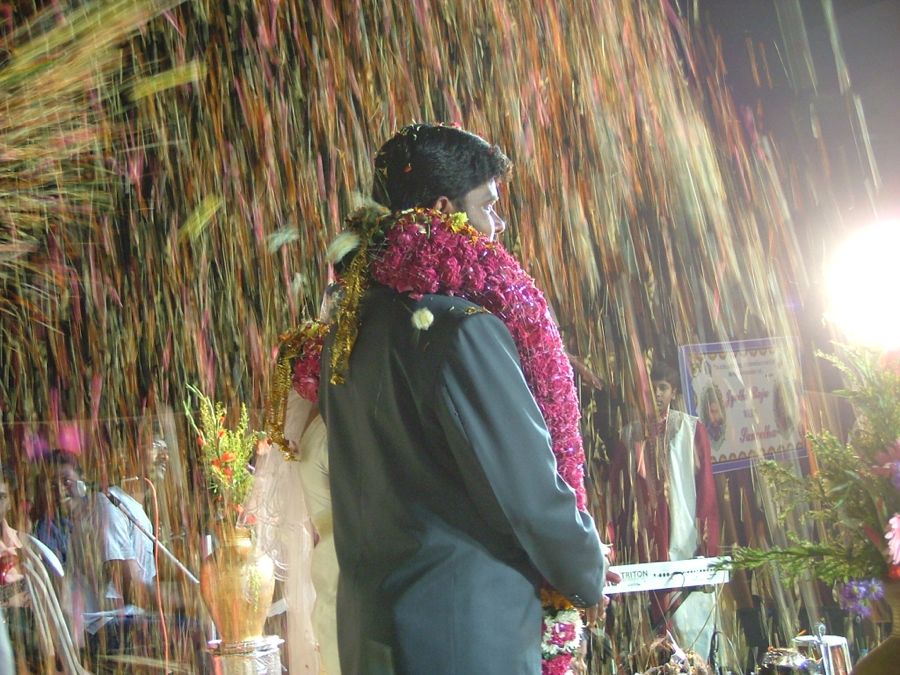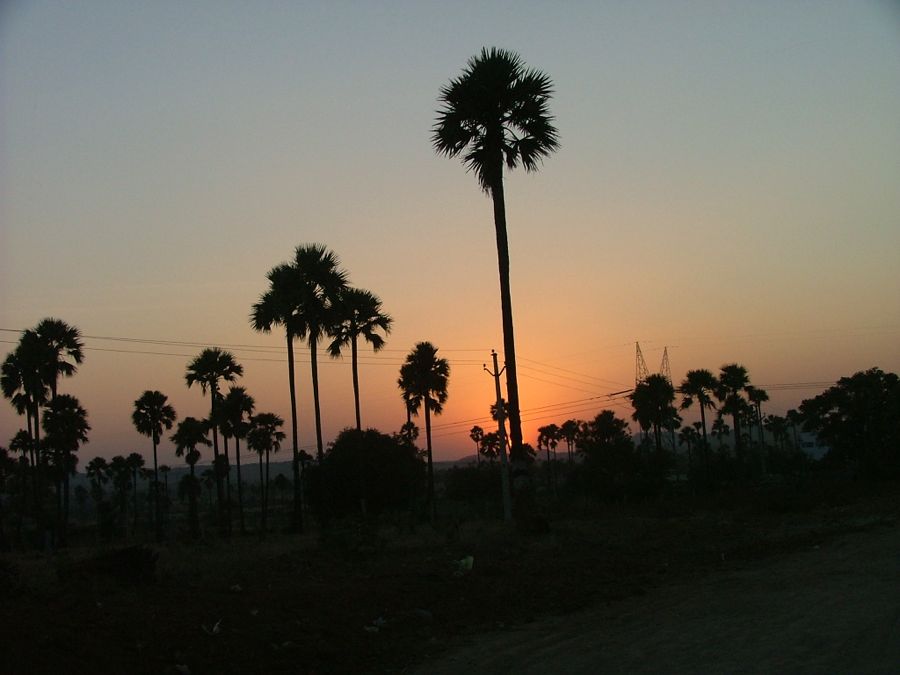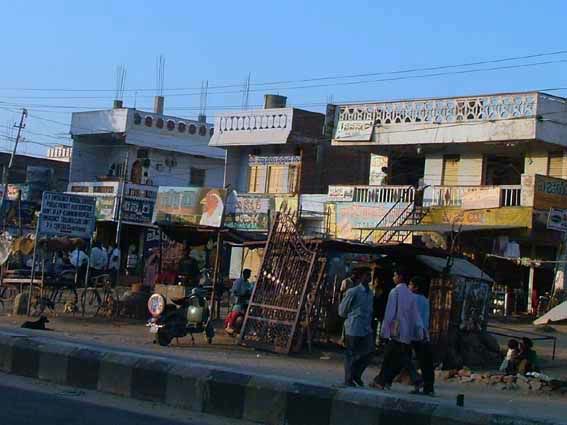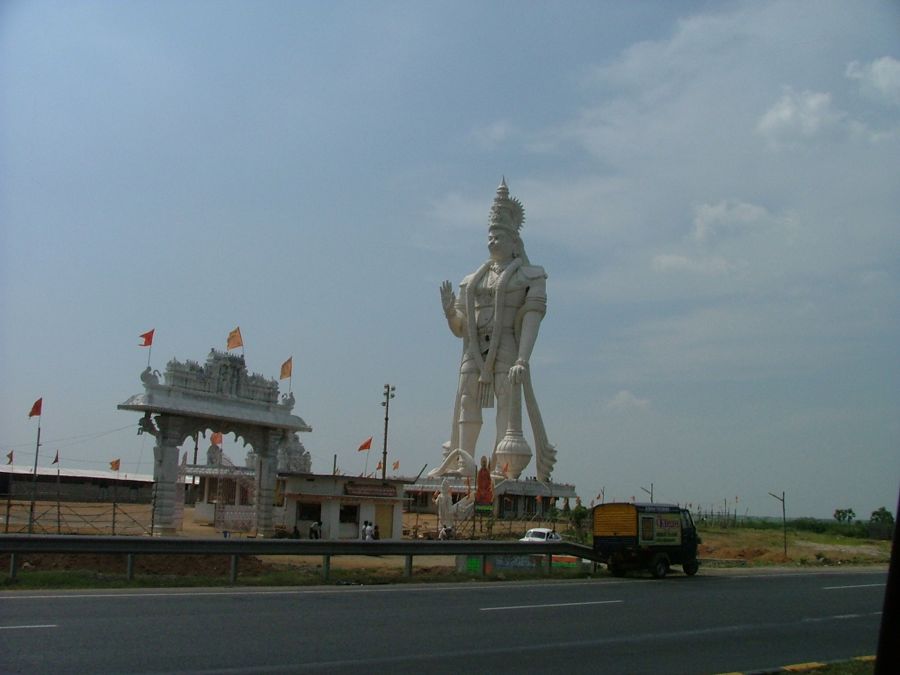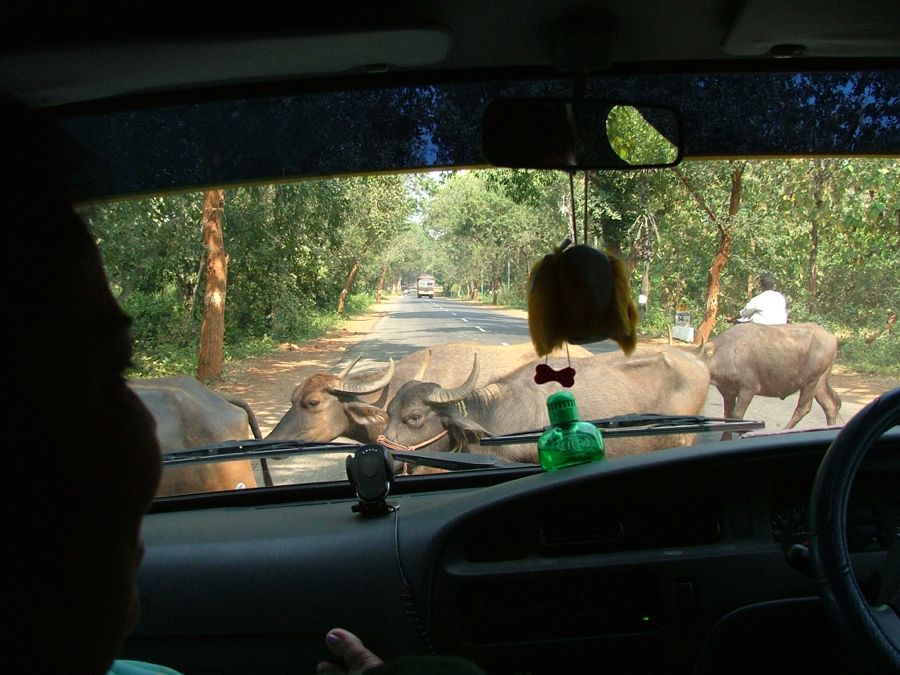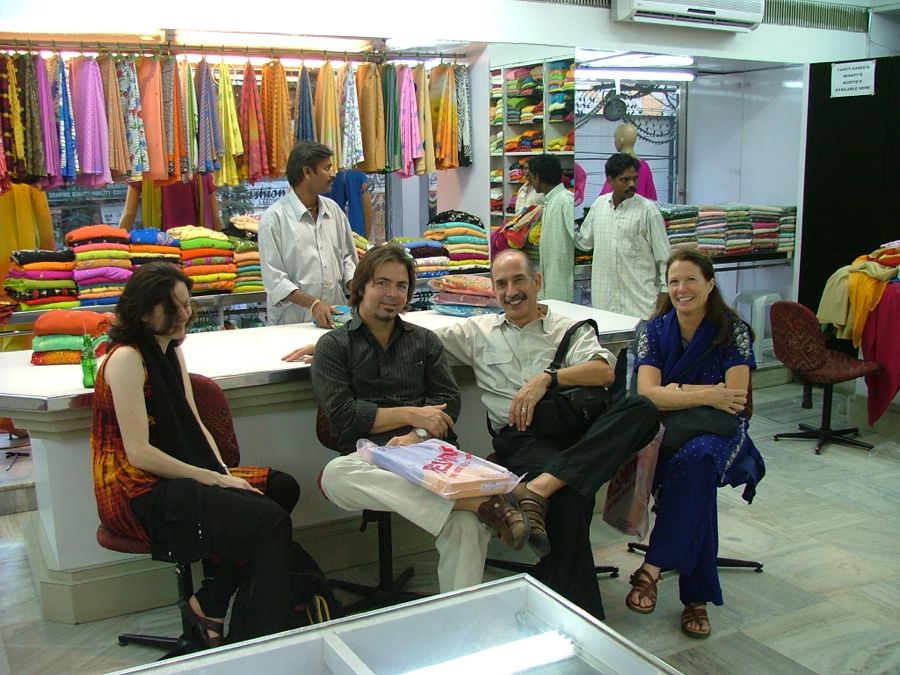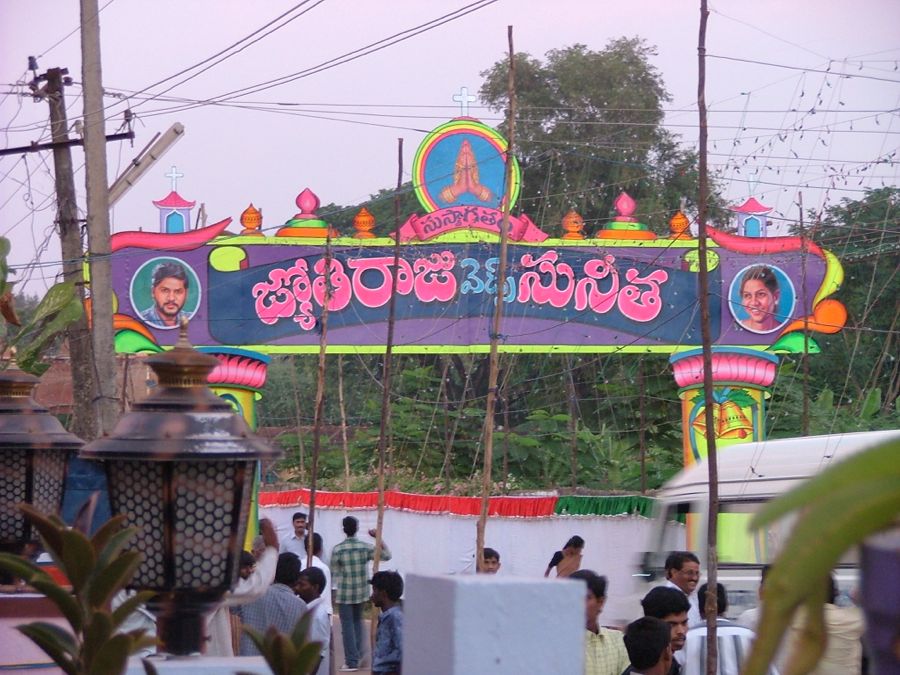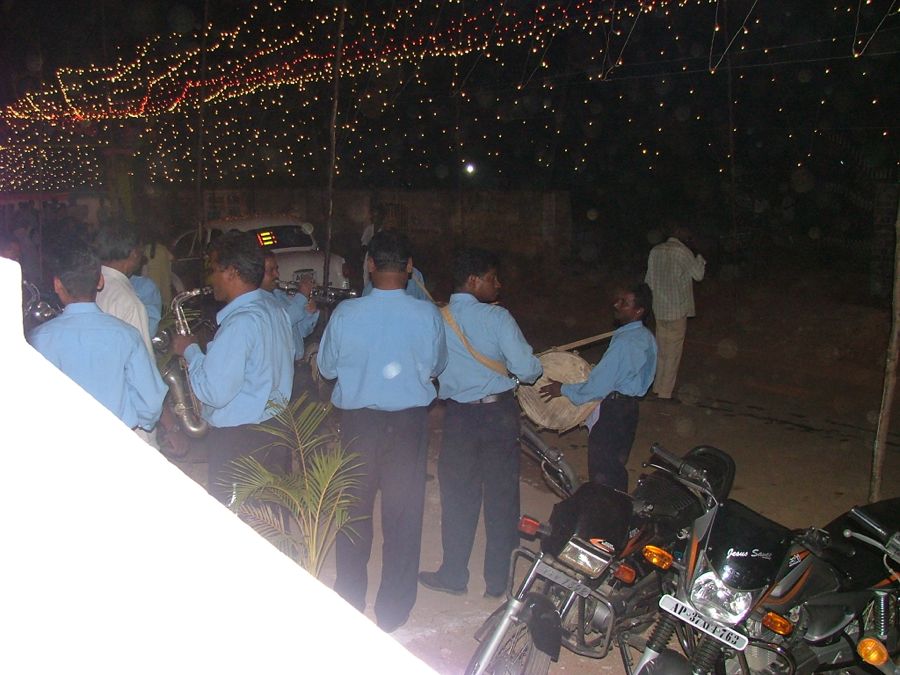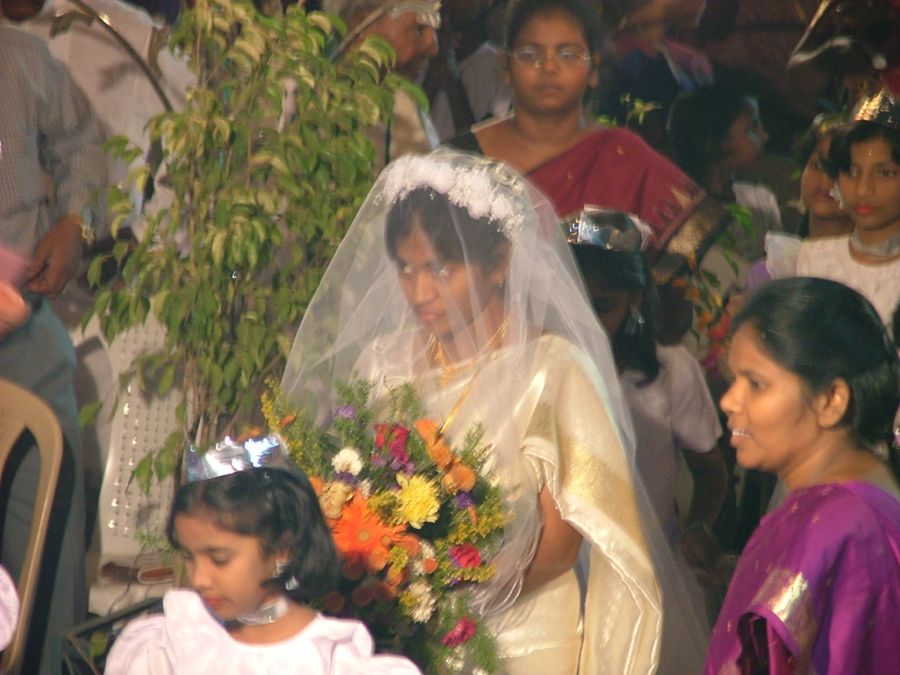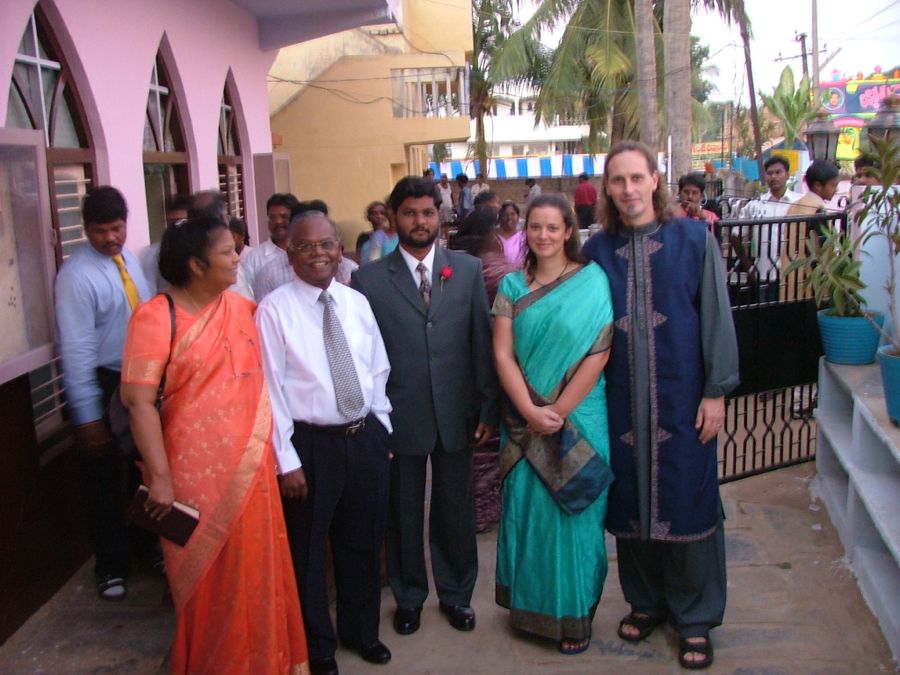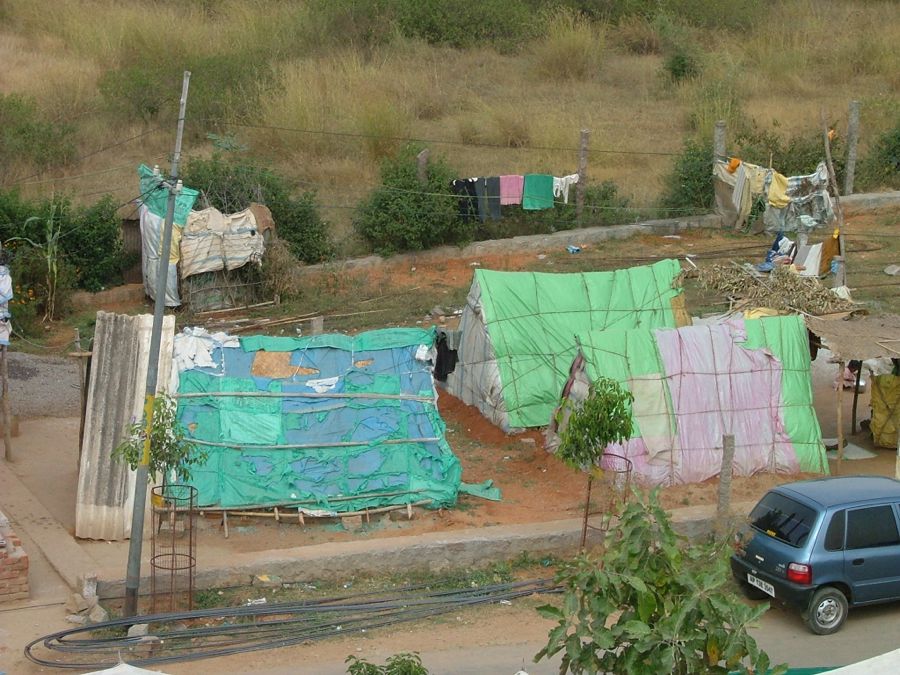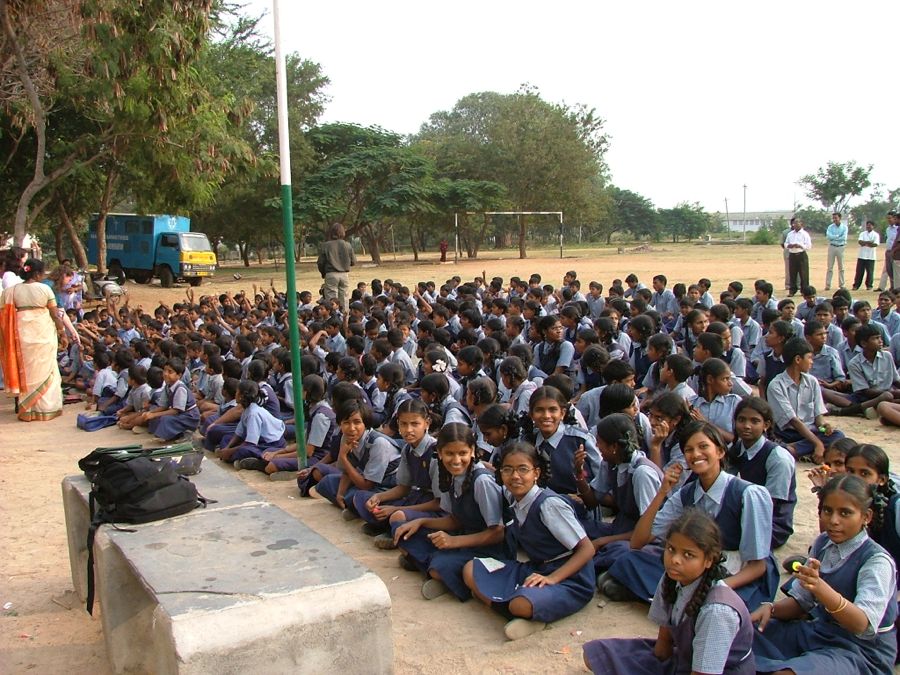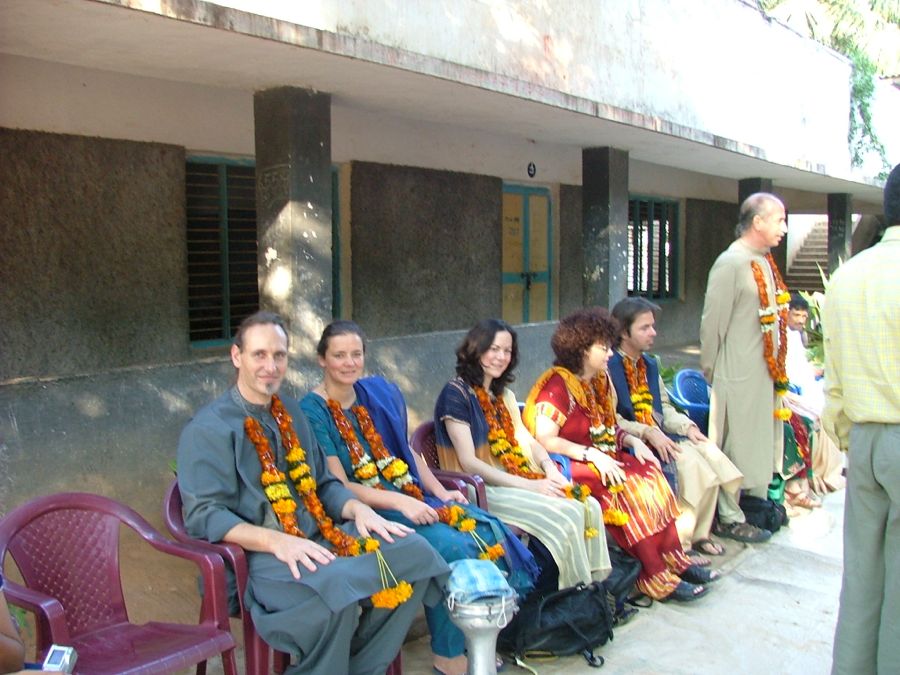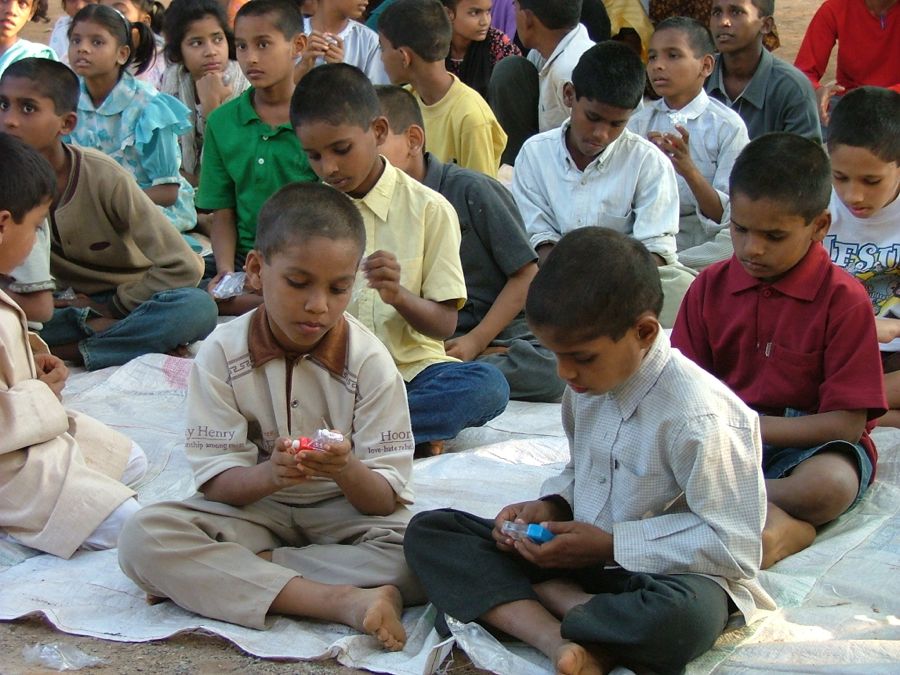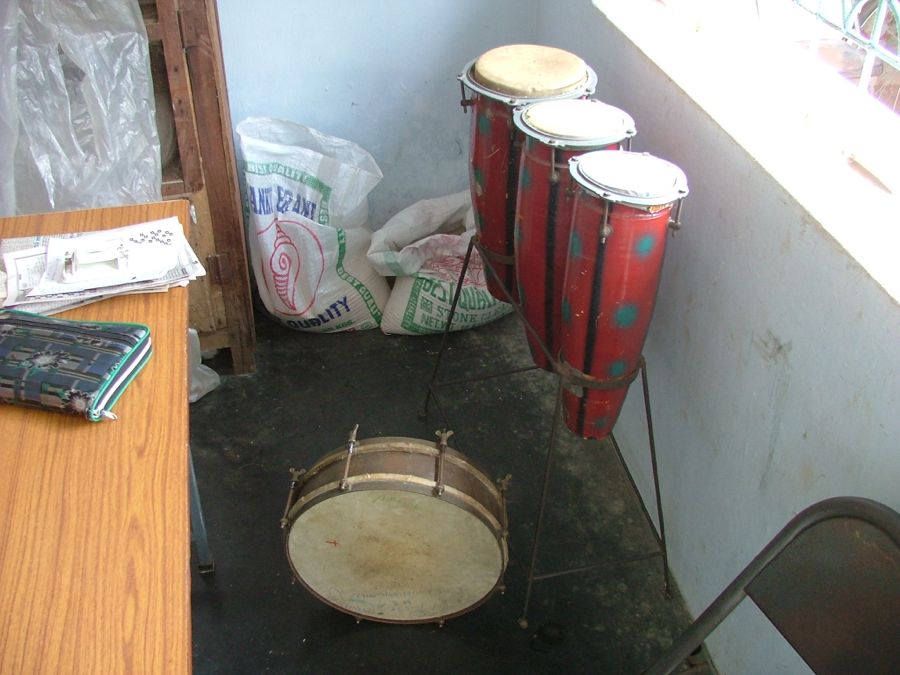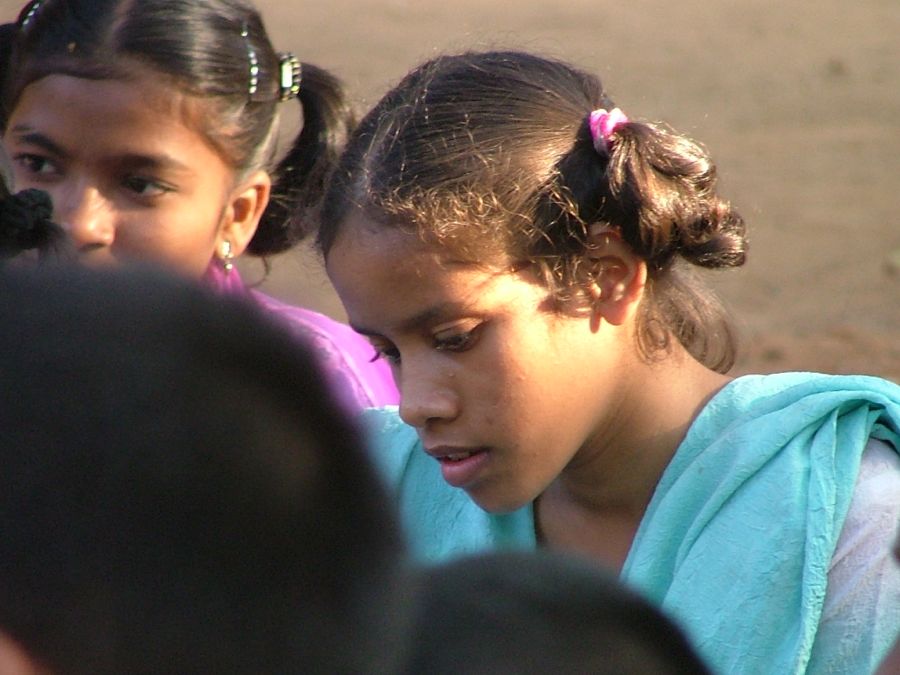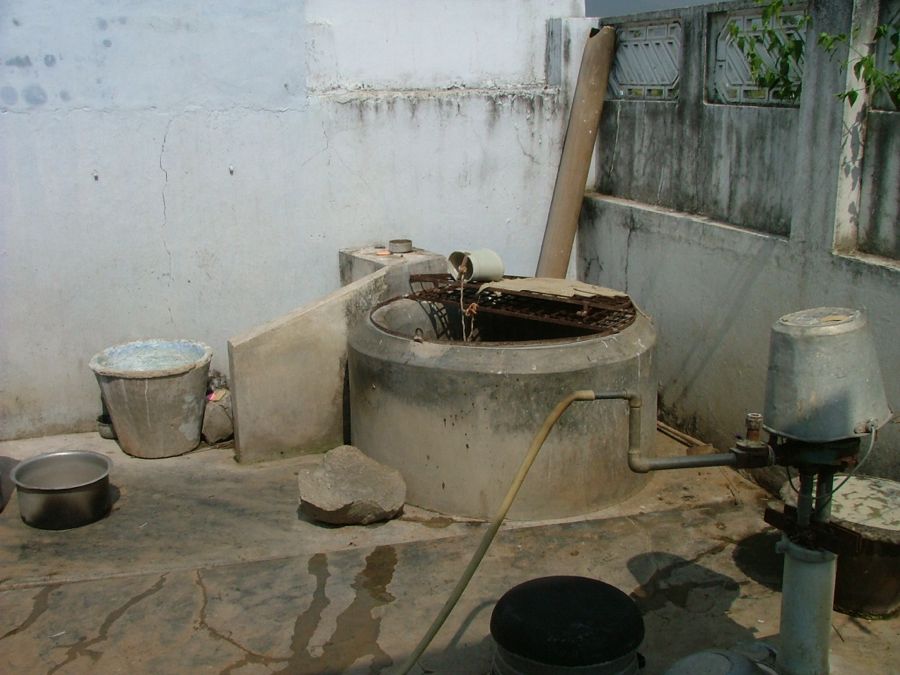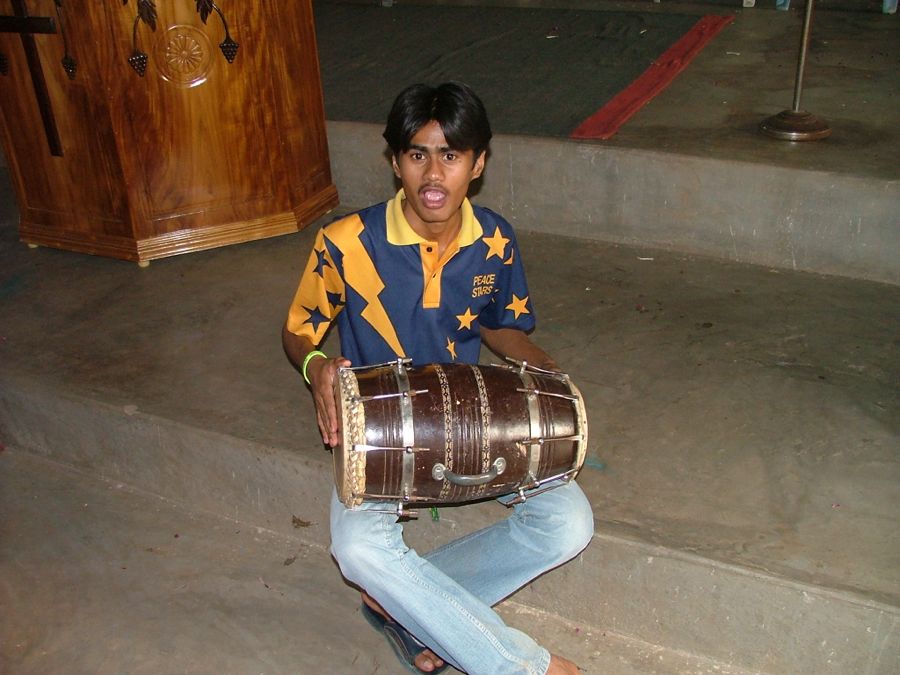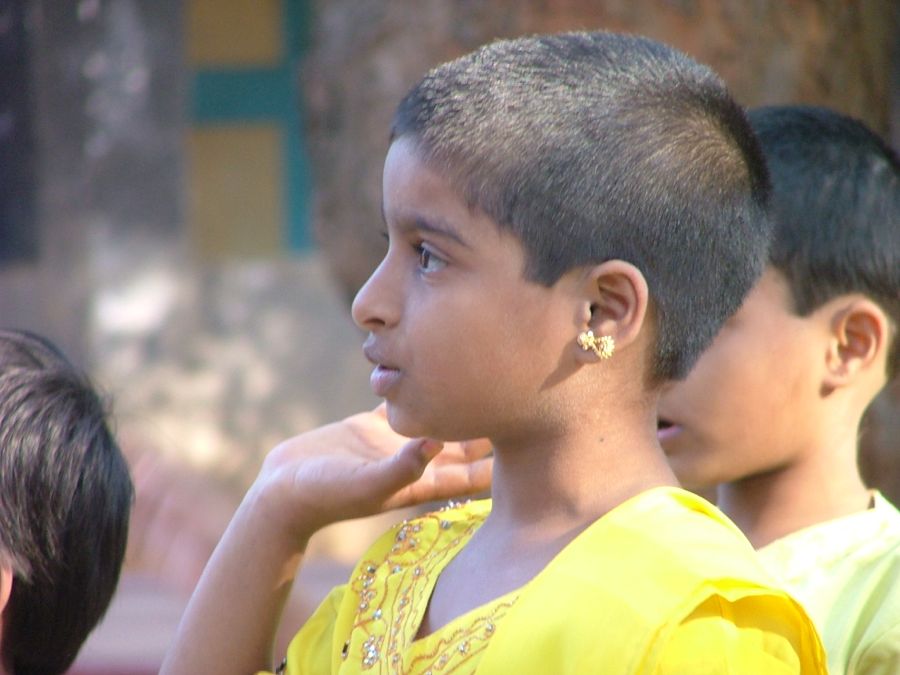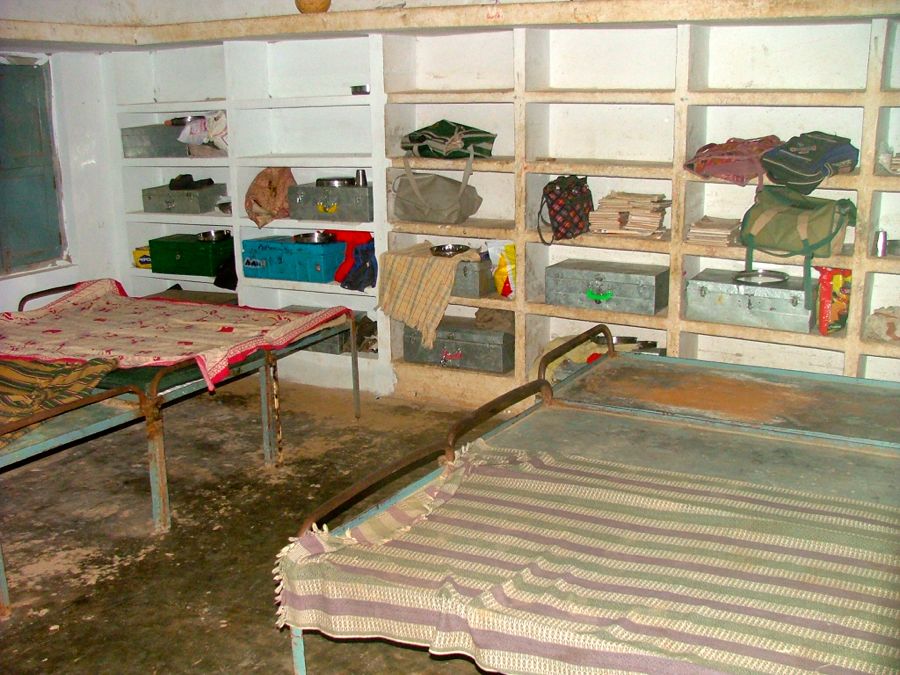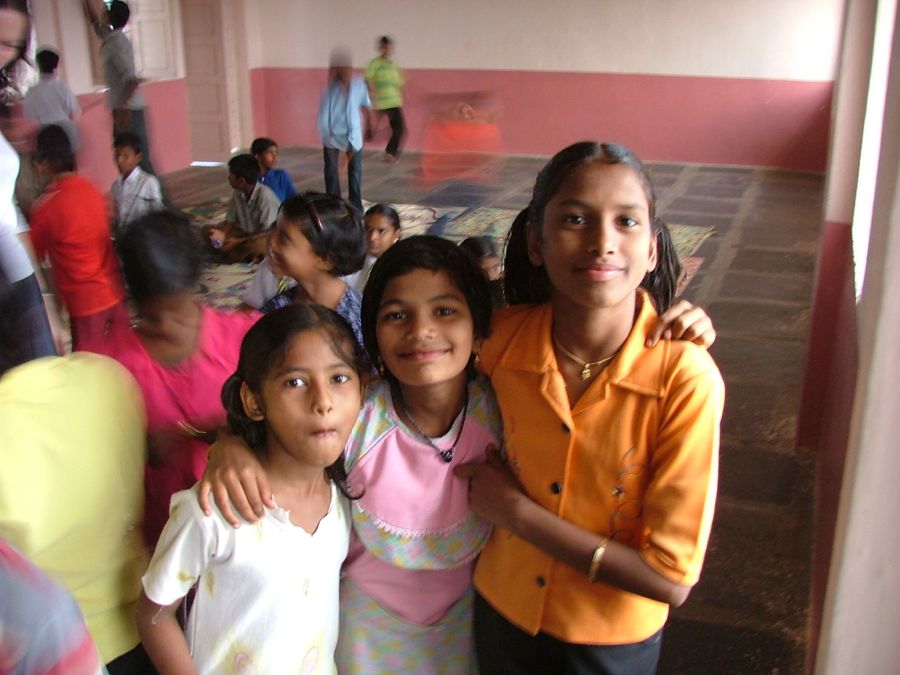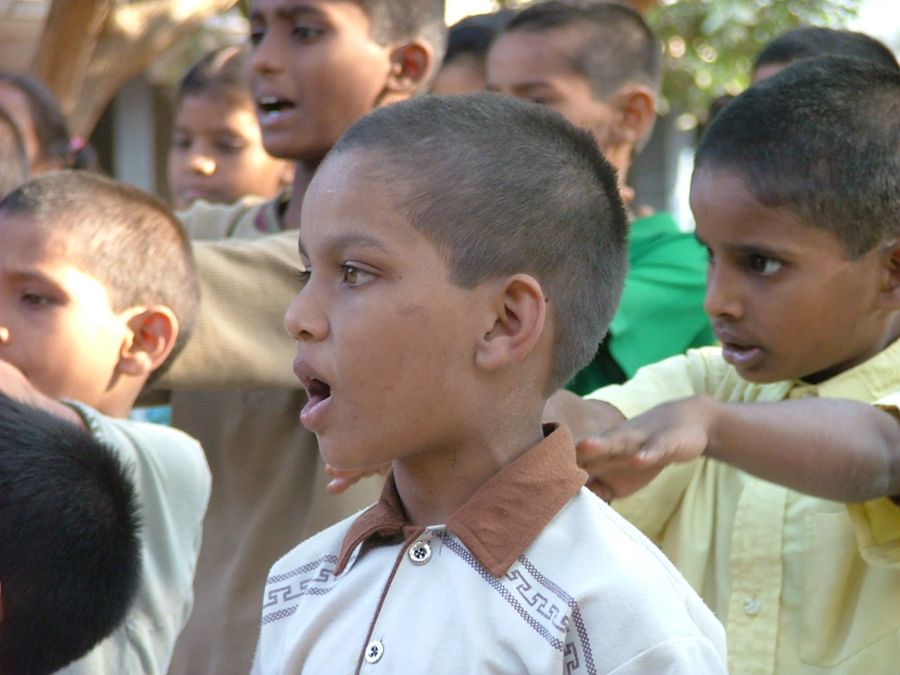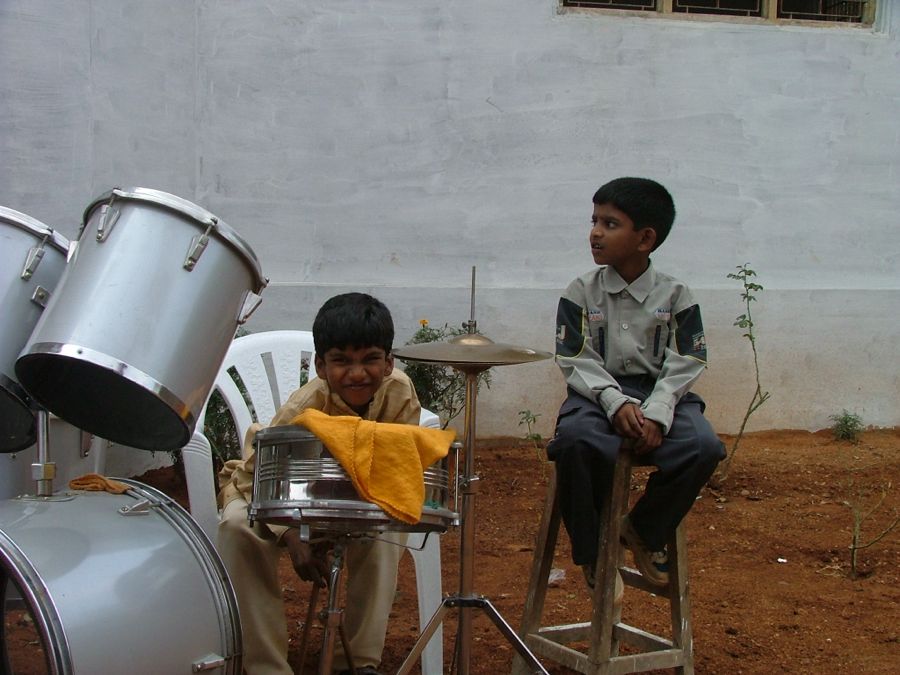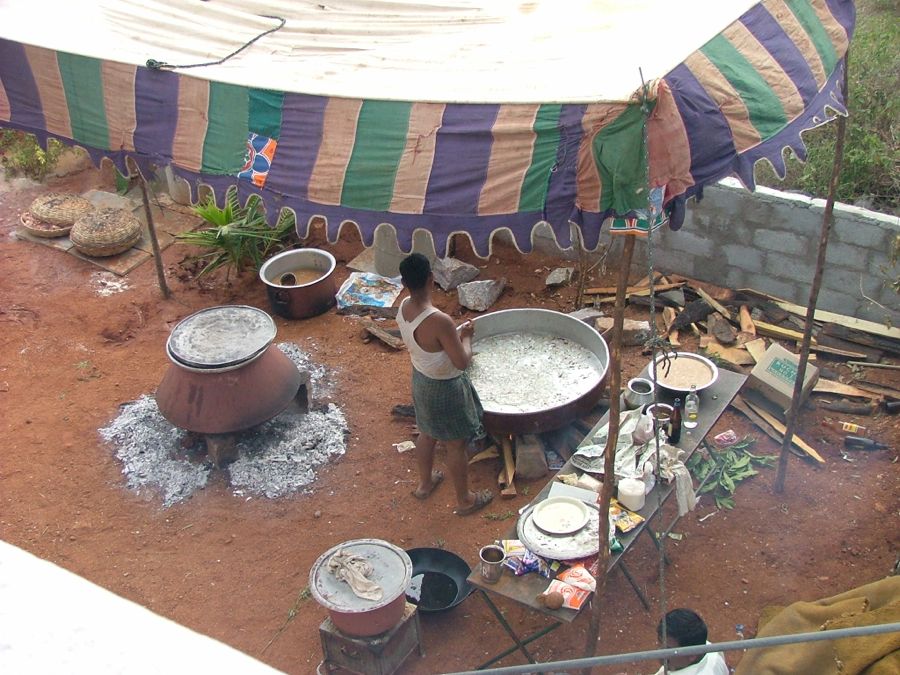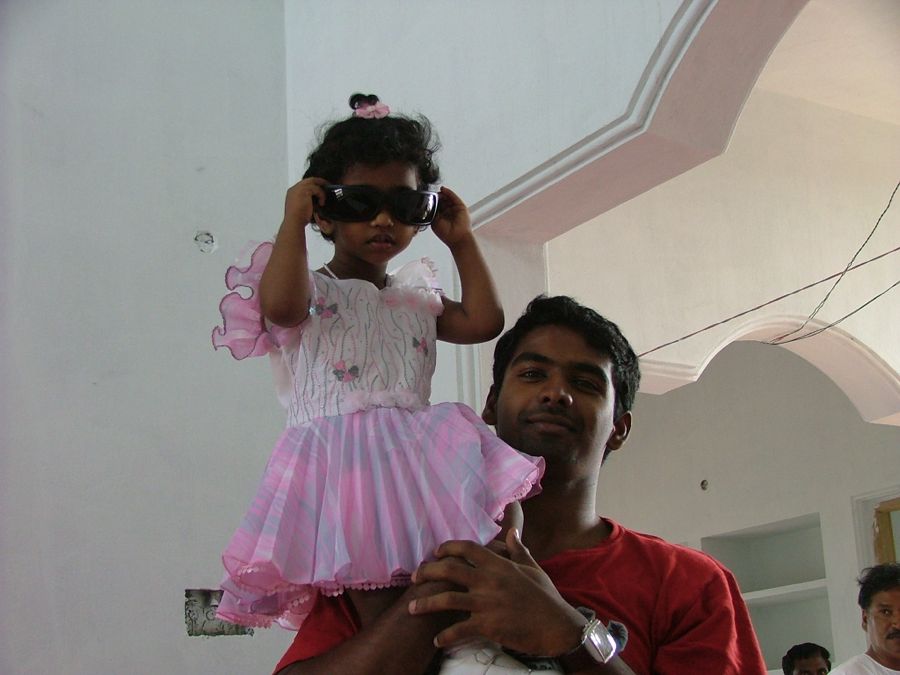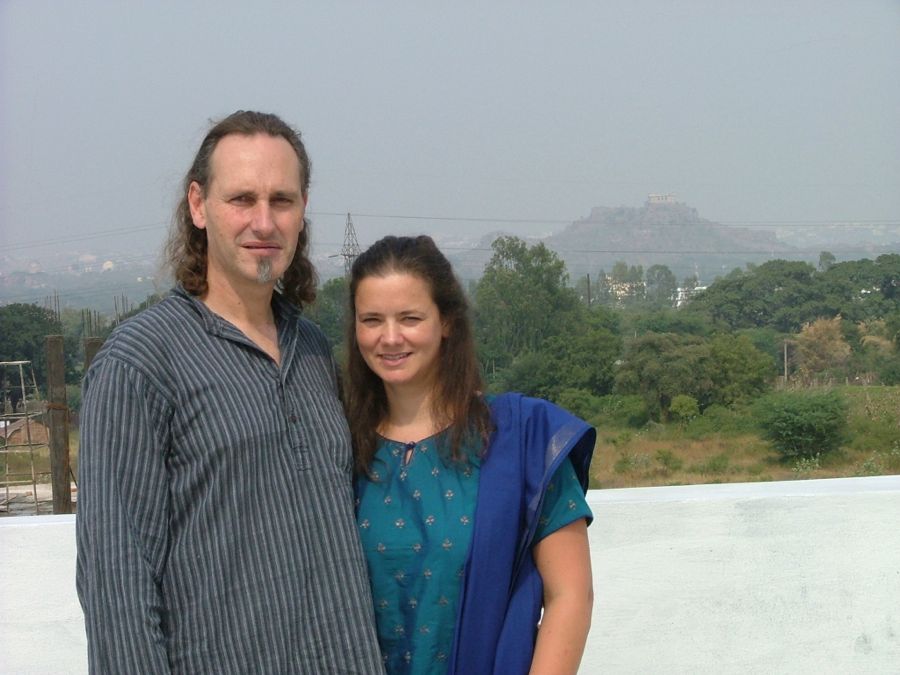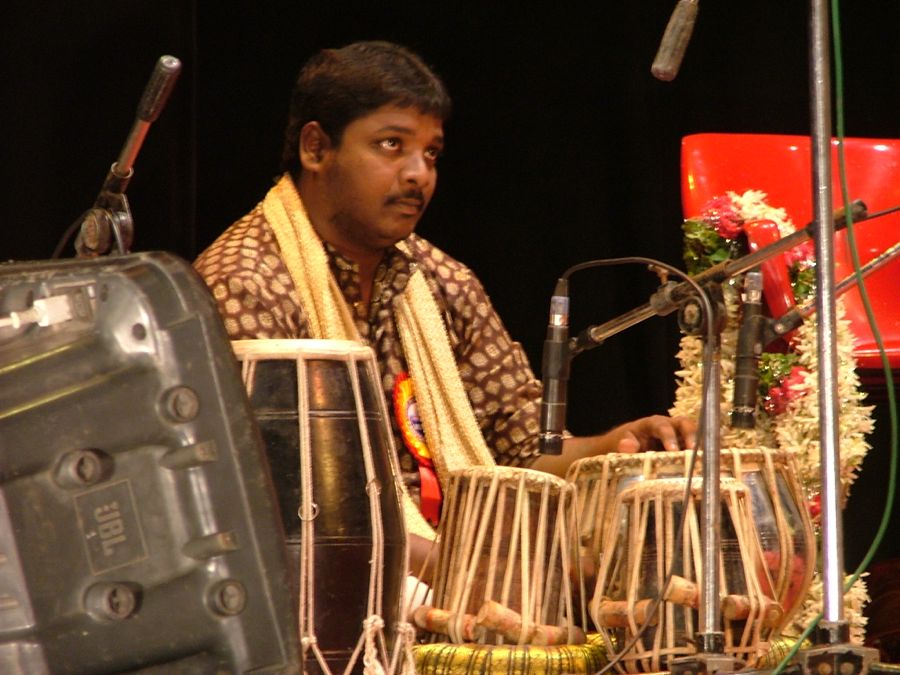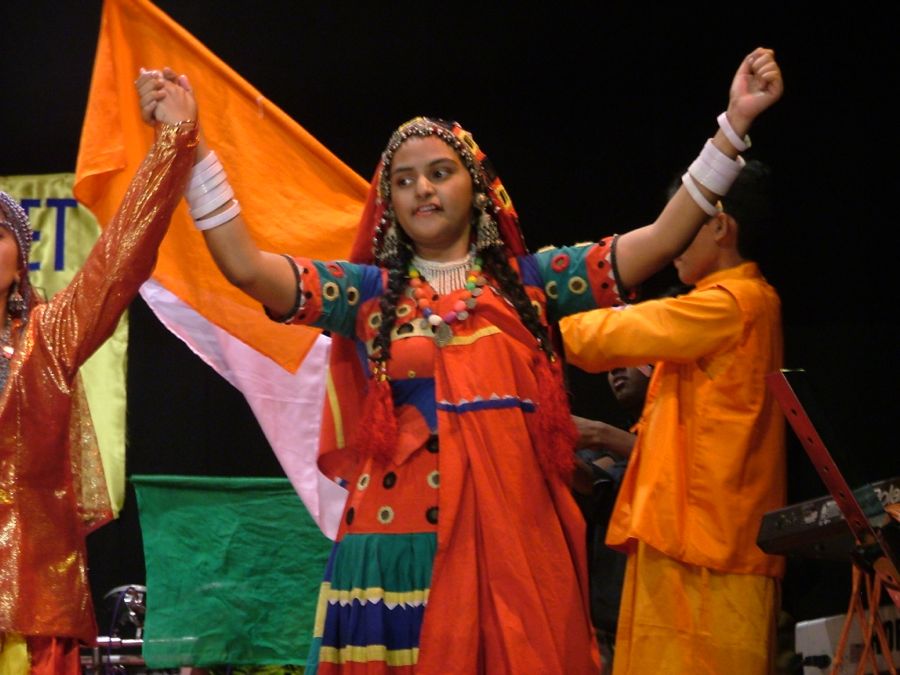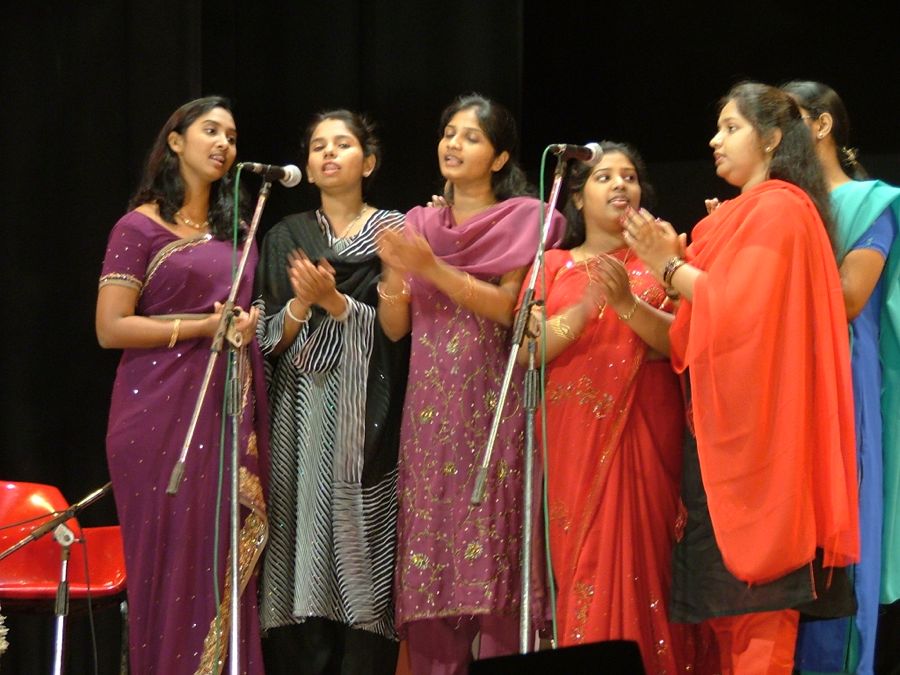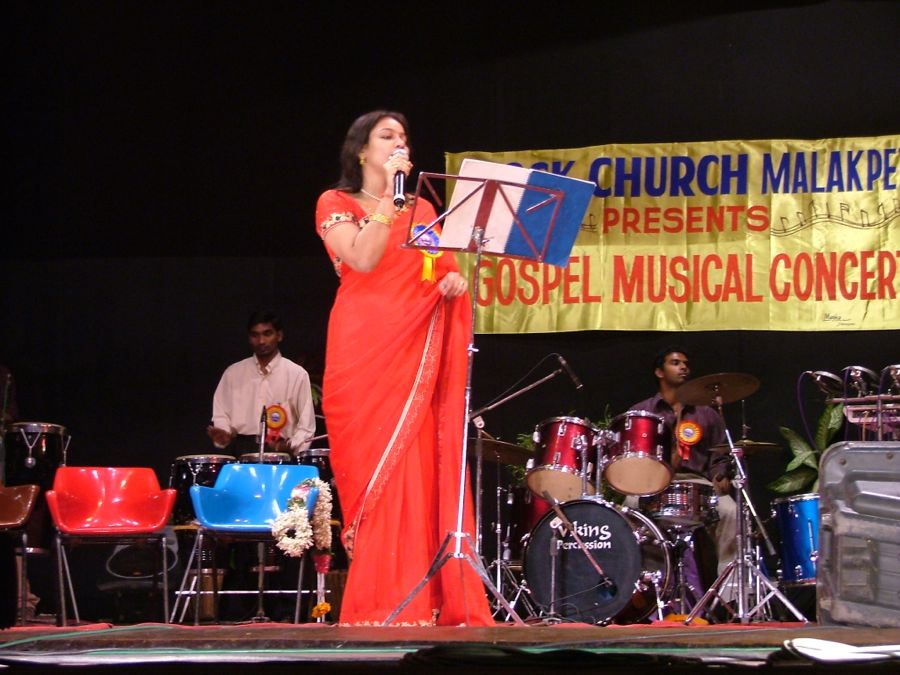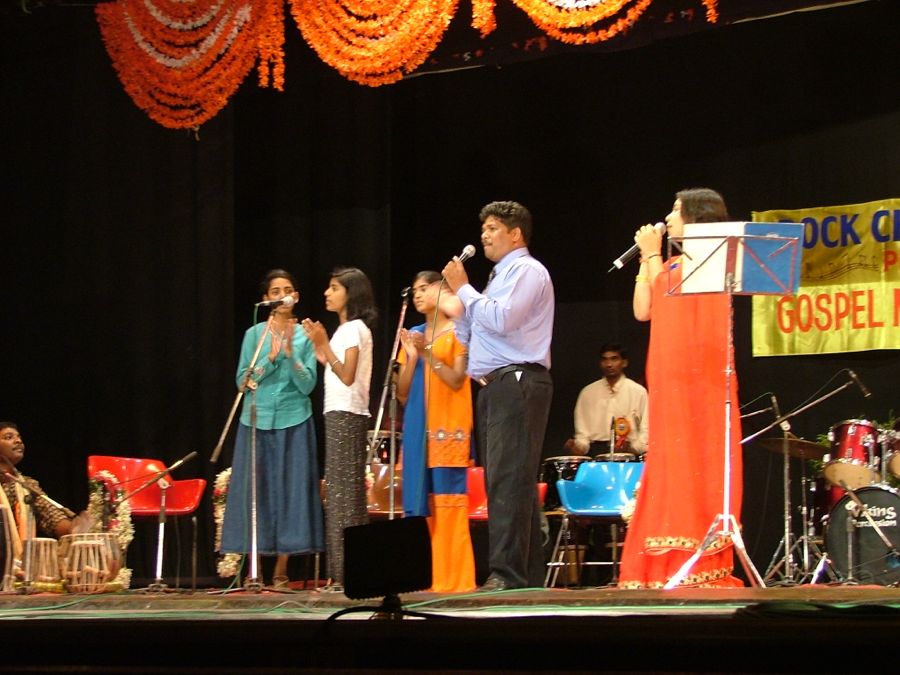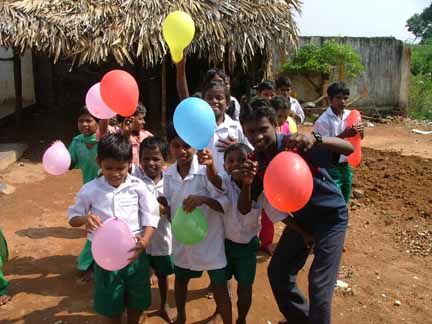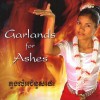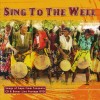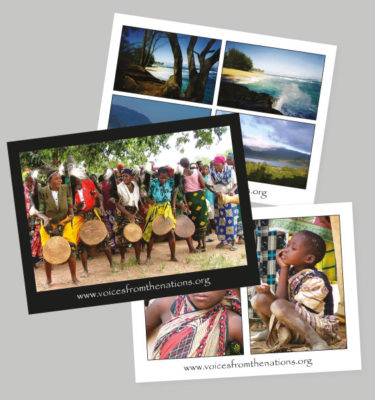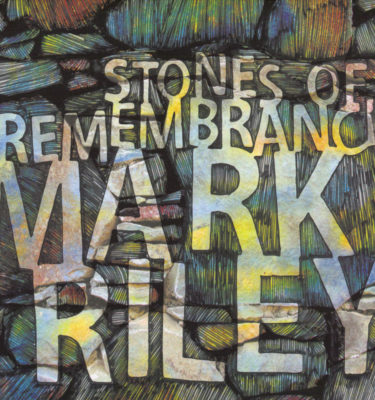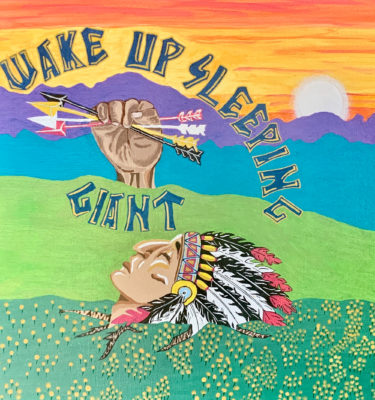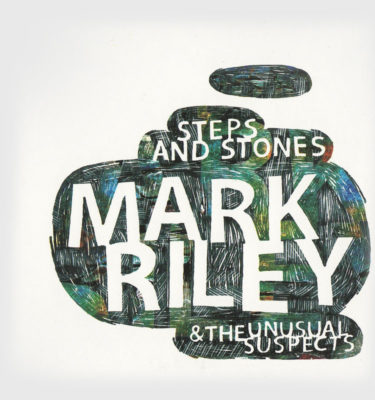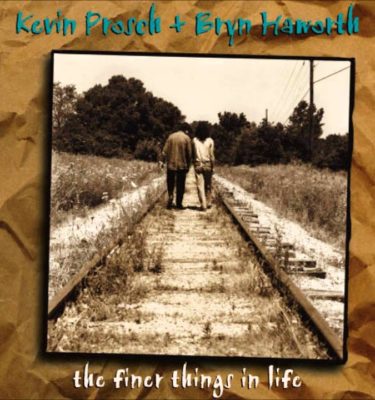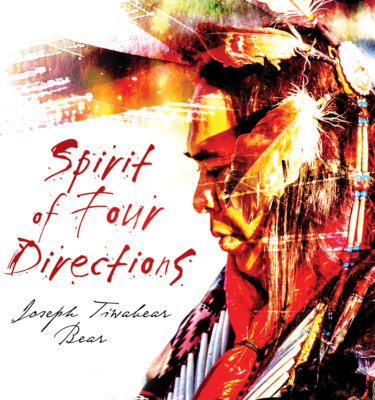- November 22, 2006
From our 1960’s white Ambassador taxi we entered into a cacophony of noise as cars, large decorated trucks, vespa motorcycles and yellow auto-rickshaws jostled for position, incessantly honking their horns in ritual communication. Hurtling at sometimes breakneck speeds, we weaved in and out of traffic and stranded pedestrians who were trying, somewhat nonchalantly, to cross the ever bustling streets of this city.
Hyderabad, in the state of Andra Pradesh is home to 7 million people, mainly Telegu or Hindi speaking who have a kaleidoscope of beliefs and spiritual gurus.
Brightly coloured shrines, although somewhat grimy from pollution, festooned with orange marigolds for Deepawali (Divali), dominate many corners of the city. Hindu’s with their characteristic red spot on their foreheads mingle with turbaned Sikhs, whilst Sai Baba followers, barefooted and wearing entirely black, cross paths with burka clad Muslim woman. It all tells the story of an Asian country that is said to have over 300 million gods.
Integral with this story is the British influence, still found in the architecture of Government state buildings, with their beautiful ornate white sculptured towers and the mass of shop hoardings advertising anything you could possibly want in the local dialect and broken English. eg. “All bikes repairing centre.” And another traffic sign warned us of an “overspeed fine”.
There were many sad stories of colonialism and its lasting legacy but we were reminded by an Indian of a man called William Carey who stood out as a ray of hope. He was missionary to India who encouraged the culture of the land, learnt 34 languages and translated the first Bible into native Telegu.
Wherever we travelled there were beggars on the street junctions and many poor who eke out an existence in tarpaulin covered tent villages that are dotted all over the city, juxtaposed with beautiful white marbled security guarded mansions ….. Some people were so destitute that they would, early in the morning, clamber over locked recreational park gates, canisters in hand, searching for water from the garden’s ponds.
We had been asked to be a part of a team going to India, invited by Bishop Ernest and Rachel Komanapalli. Their organisation, “Manna Ministries” has grown from humble beginnings to now having over 1000 churches, 50 orphanages, a leper colony, a hospital and two clinics, 10 elementary and secondary schools, two trade schools, four Bible colleges, a junior college and a degree college. We were coming to encourage musicians, to play at a conference, and to visit some of these projects.

